Maldives is renowned as a misty, magical country steeped in myth, mystery and legend, with a storied history of ancient kingdoms, terrifying ghosts and national icons. It often evoke as though every island in the archipelago is associated with a haunting, or tale of woe!
Here are 10 popular Maldivian tales which have survived through the ages. Their existence may be unseen to many, but to you, all will be revealed…

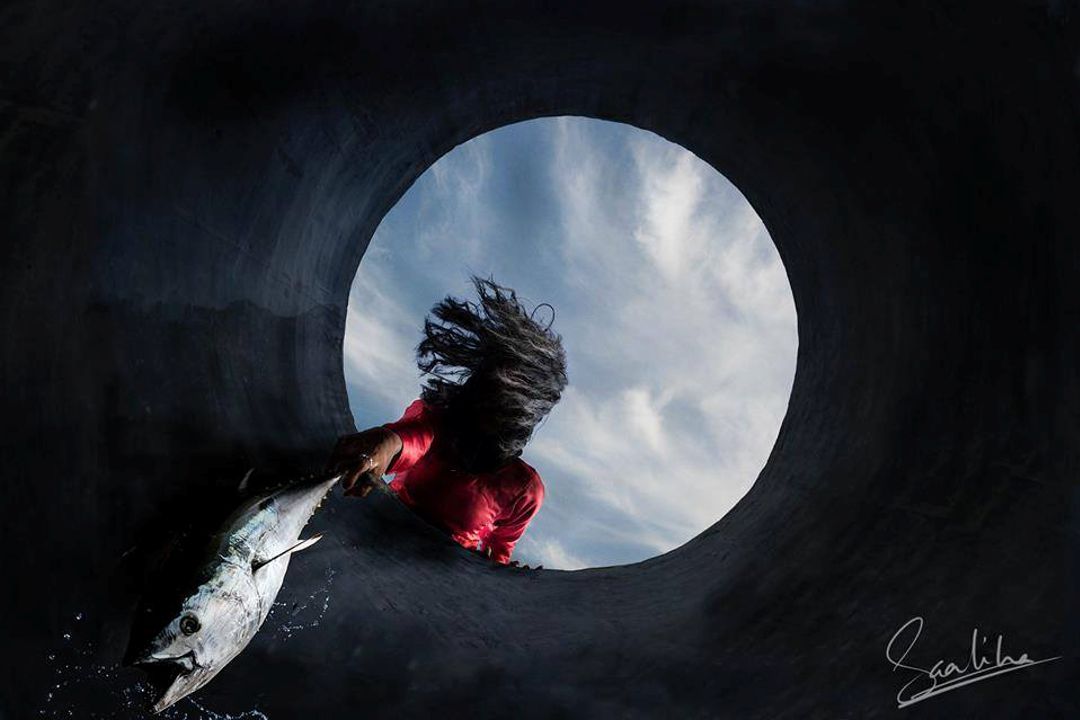
Maldivian legend has it that many centuries ago, “Handi Gandivaru Dhonkamana” (rough translation ‘Fair Lady of the Ghost Palace’) a subspecies of homosapien – possessing superhuman abilities such as shape-shifting and mimicking the appearance and voice of any person with exquisite precision. Her human form is a beautiful young woman, of melancholy look, hair and eyes black and bright as jet and velvety skin. The story says, “Everyday Handi Gandivaru Dhonkamana sneaks into her household gifili, a private courtyard that serves as an open-air bathroom, where she bends down into the well and and comes out with a fresh tuna for family consumption.

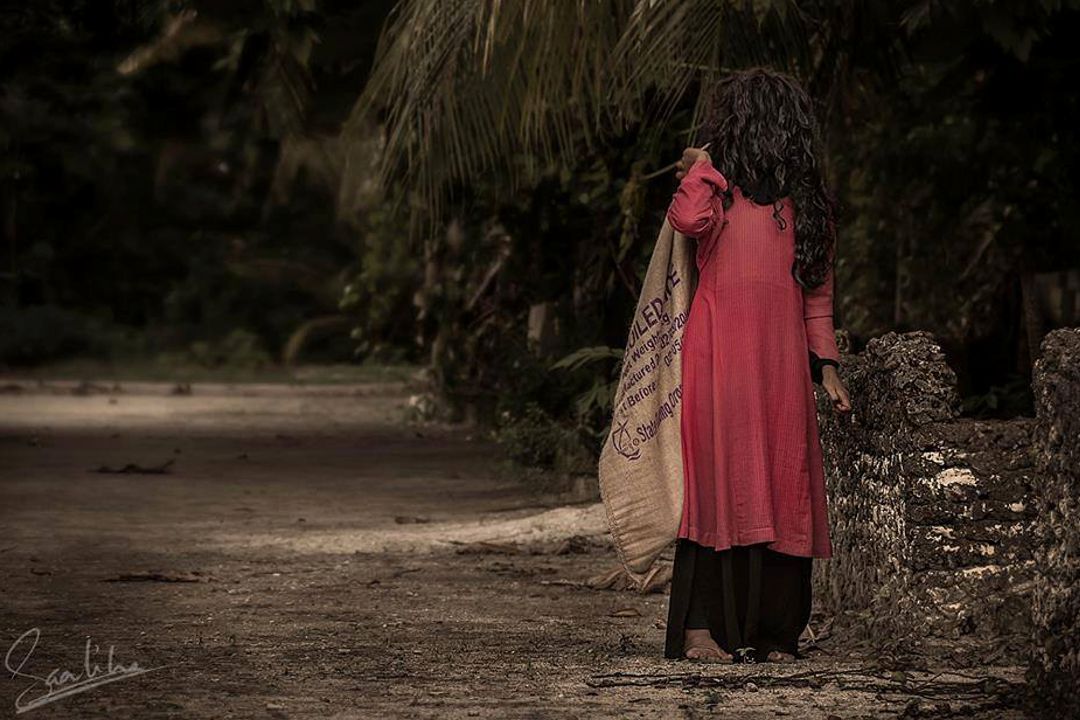
The folklore goes on that Santhi Mariyambu awakes only on full-moon nights. She comes with a gunny-sack full of teeth on her back, searching for children asleep in open spaces, particularly children that bite their fingernails and do not wash their mouth. If she comes across one, she pulls out all their dirty teeth and fix a new set, on condition that the child remains quiet.

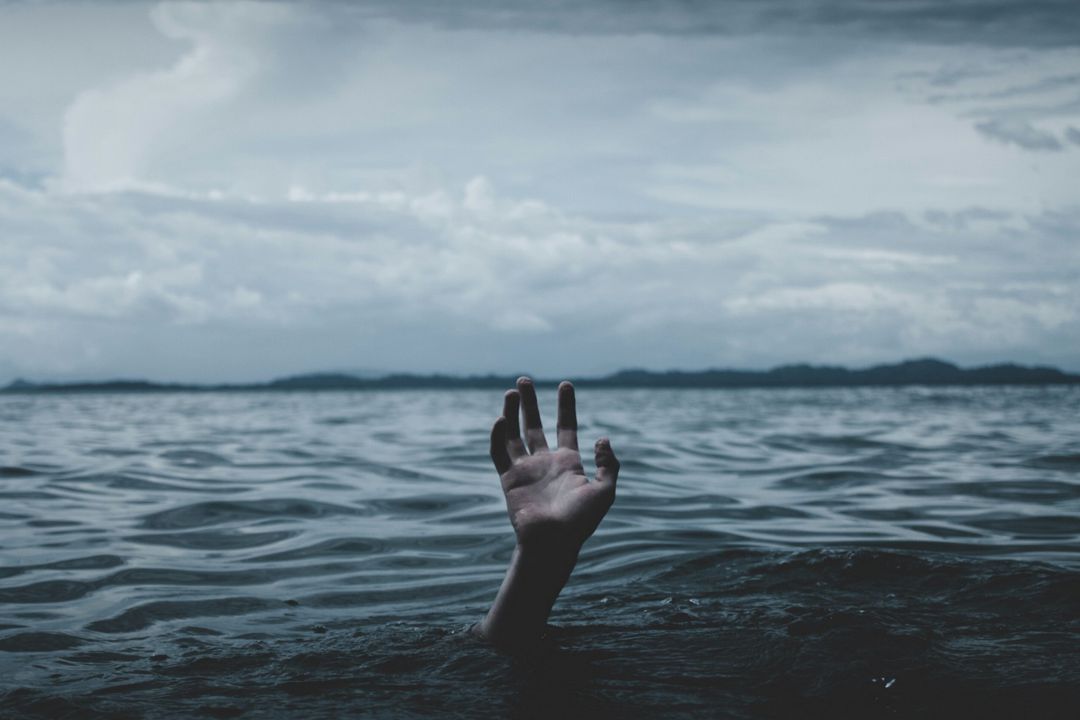
Paranormal events in Maldivian waters dates back at least three decades. Kandumathi Elhun incidents occur in various forms – from fishing boats and passenger ferries going off course or lost for an unprecedented amount of time at sea, to a ball of fire appearing out of nowhere, sudden appearance of floating corpse or coffins, boat travelling for hours but actually staying in the same place although compass shows otherwise, or even the sudden appearance of uncharted islands.

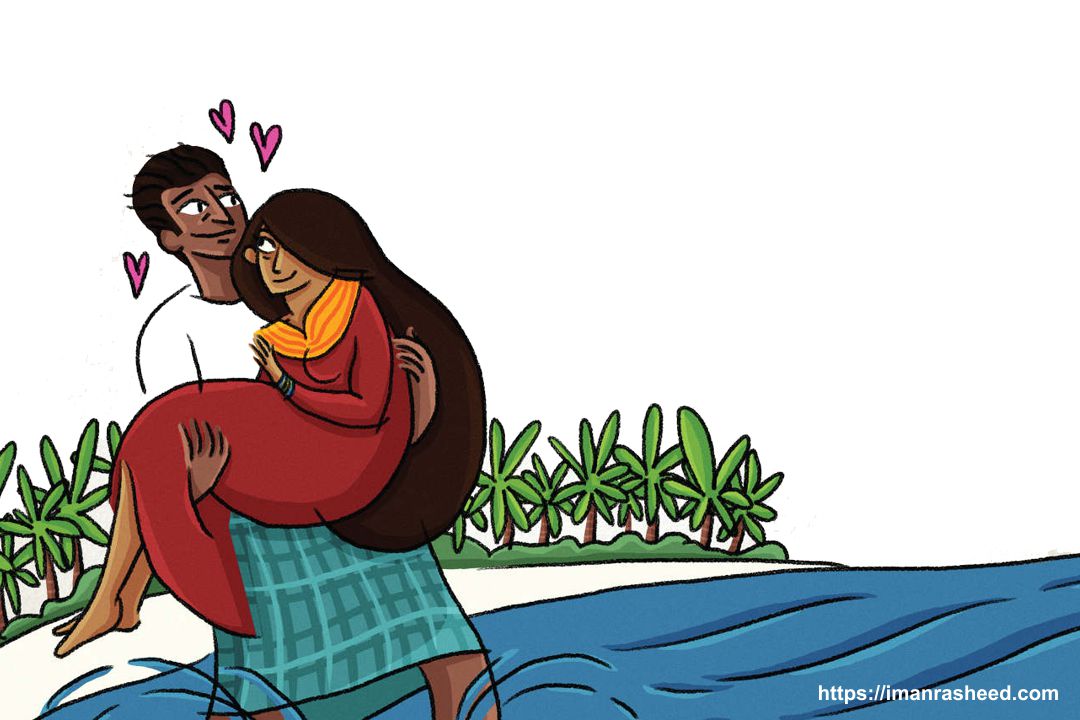
Love is the most powerful emotion in the universe and Maldivian history is full of folklores where gallant kings and ordinary men fought battles against all odds to conquer their love. This is the story of Dhon Hiyala and Ali Fulhu, one of the most celebrated Maldivian sagas, a ruggedly handsome man who takes a heroic journey to find Dhon Hiyala, the love of his life, a young beautiful woman who was described as the epitome of beauty at the time. Their love takes a dark course when the King falls for Dhon Hiyala. Masterstroke! Legend also has it that, Dhon Hiyala and Ali Fulhu are buried on the island of Kandoodhoo in Thaa atoll, with some debating on it’s origin, while others have concluded it as folklore.

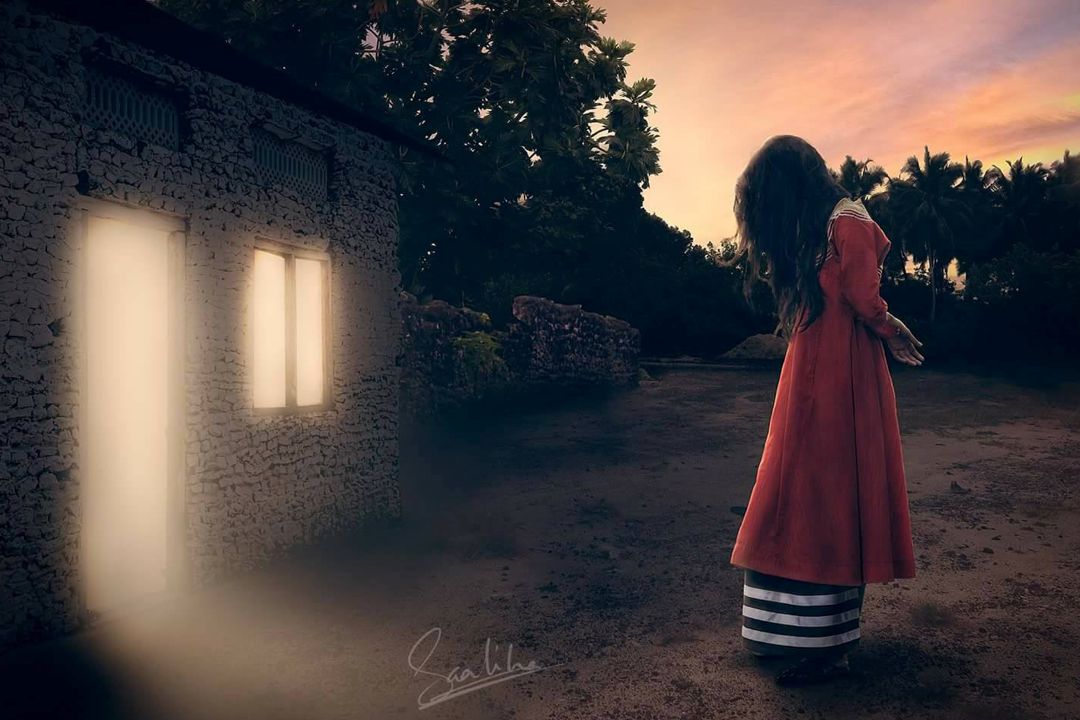
Safaru Kaiydha is said to come on land on the tenth night of Safar, the second month of the lunar-based Islamic calendar. She leads a trail with dozens of children behind her and is fully capable of doing whatever she needs to in order to get what she wants. If she comes for the good, she brings wealth and prosperity for the islanders, and if she comes for the worst, she will bewitch the island bringing despair and destruction (no fruits will ripen on the island). Island residents usually prepare for the night she arrives – they would hide their grinding stones and cover the water wells from dusk until dawn, to prevent Safaru Kaiydha bathing all her children from their wells and from preparing spices on the grinding stones for her family.

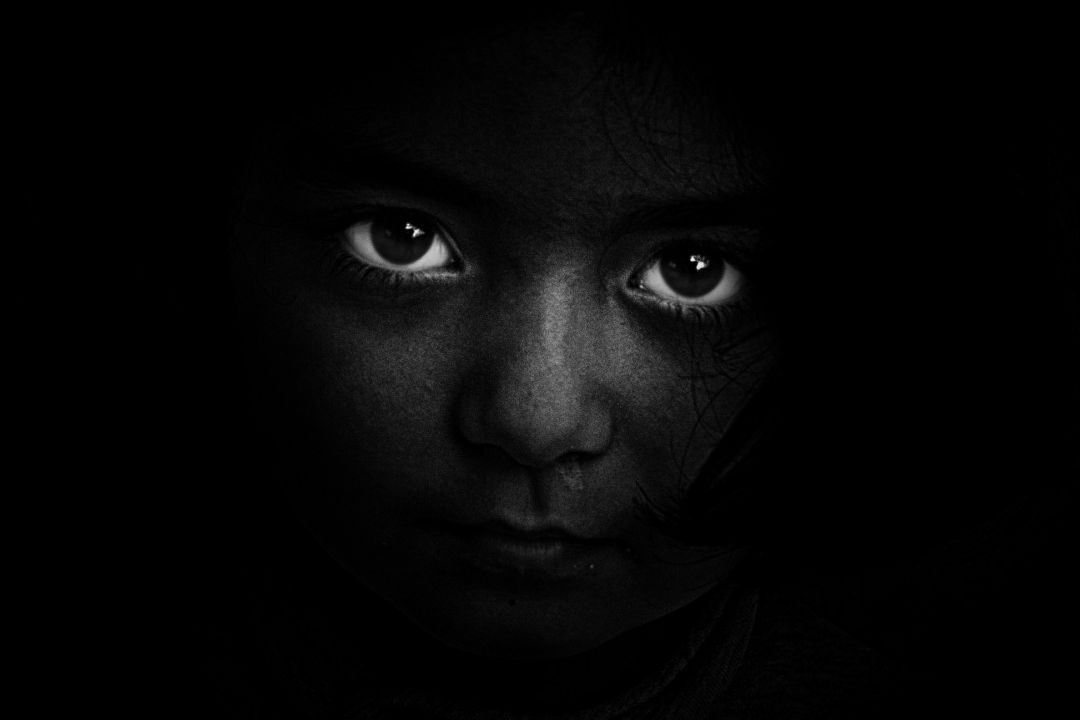 Many local historians admit to have seen Babukuru Kudhin, which translates as “Negro Boys”. They are only seen during the night – hovering or floating above the ground.
Many local historians admit to have seen Babukuru Kudhin, which translates as “Negro Boys”. They are only seen during the night – hovering or floating above the ground.


The name Hulhule is derived from the island of Hulhule where the country’s main airport is located and Bodumeeha means “Big Man” in local language. Early historians claim to have spotted it several times and is said to stand at a jaw-dropping height of 50-feet tall.

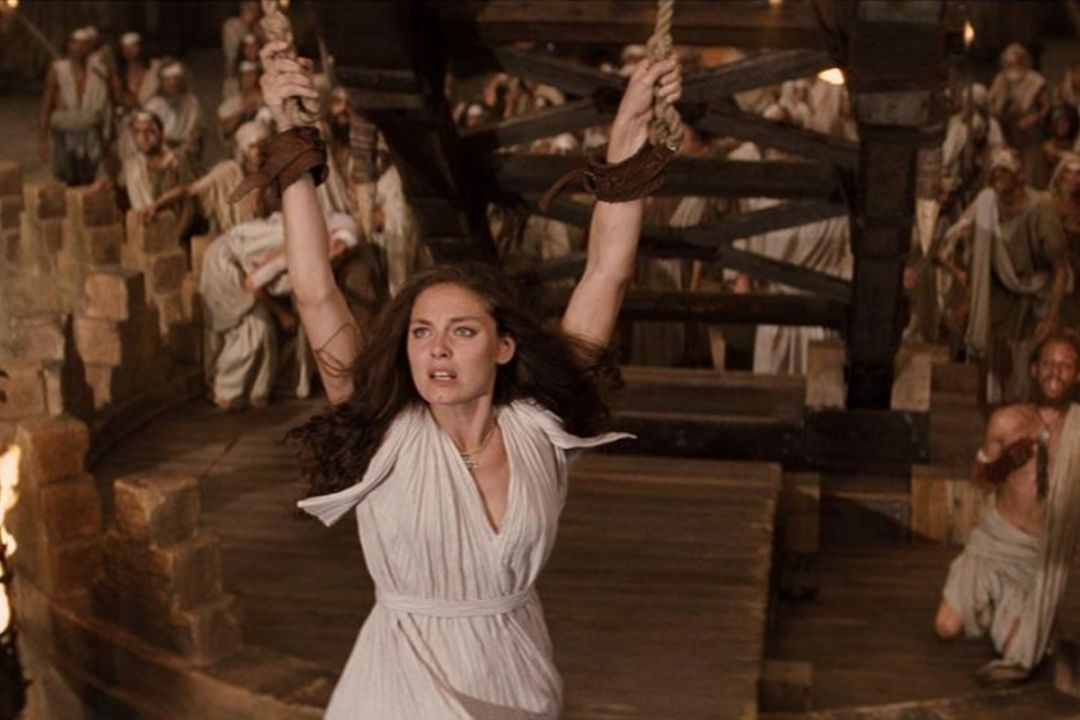
A myth from the chronicles when Maldives converted from Buddhism to Islam. Rannamaari was a sea monster that once haunted the people of the Maldives. Once a month, a young, female, virgin wearing a revealing outfit or sometimes nothing at all had to be sacrificed for the demon, or the people were to face his wrath. A girl was chosen from the inhabitants by the king or his advisers and she would be chained to a rock, wall, or hard surface at the eastern seafront of Malé with the intention that she would be eaten by Rannamaari. The reasons vary, but the usual explanation is that she is being sacrificed to appease the demon. At dawn, the girl’s family would return to the temple to find the remains of the girl.

They are shape-shifters appearing in the form of women with long hair flowing freely down their backs. They are helpful and work obediently for island residents as maids attending their daily household chores, only during the night. If cooking of fish is required for the evening, they will do the needful only after everyone in the premises falls asleep and will take away the remains of the fish considering it their meal. They do not interact or communicate with humans and should only be spoken in opposite terms; i.e., if something is needed to be cleaned, it must be told not to clean it. They are also capable of transforming their physical form or shape quick and appear both as man or woman.

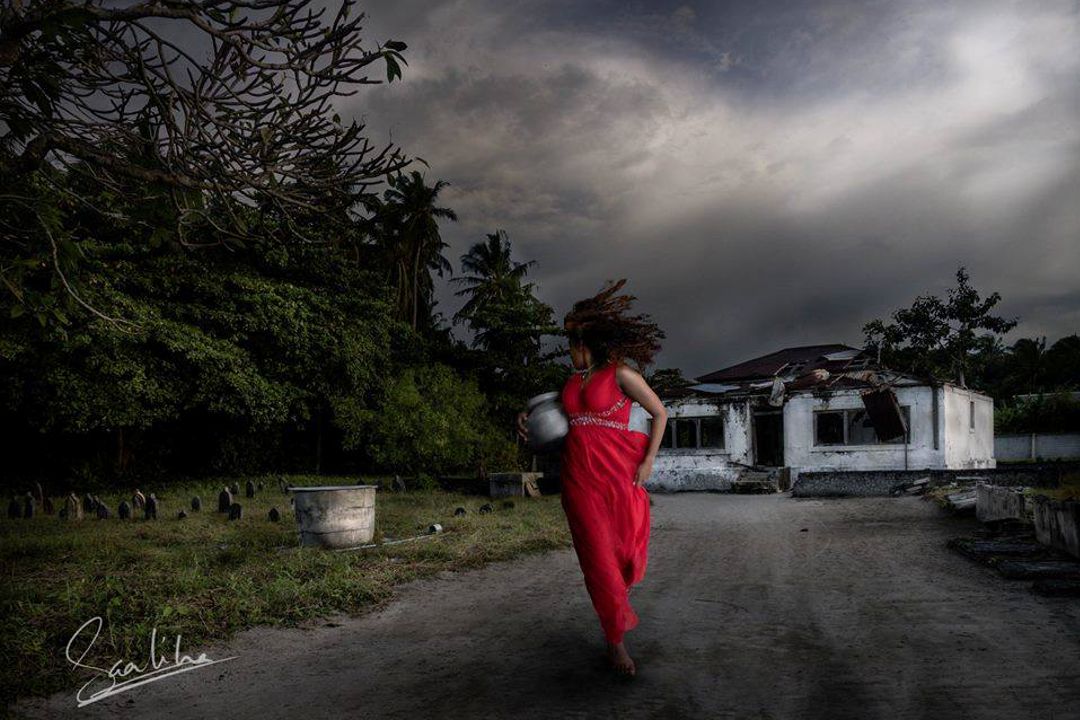
“Foolhu Dhigu Handi,” translates as the “Umbilical Cord Monster” and is said to have inhabited within the compounds of a mosque on a local island. As the name implies, it has a very long umbilical cord and a massive teeth. Island residents see it at the mosque’s graveyard filling human skulls with sand scoops and bathing by pouring it on its head. It is capable of penetrating its long umbilical cord through fences and walls and when this happens, the people in the houses will fall unconscious. If it is seen by anyone, it will possess that person, and the troubles caused when possessed include, severe stomach ache, stiff neck and it may even suck blood from a person. He is not your average peeping Tom!




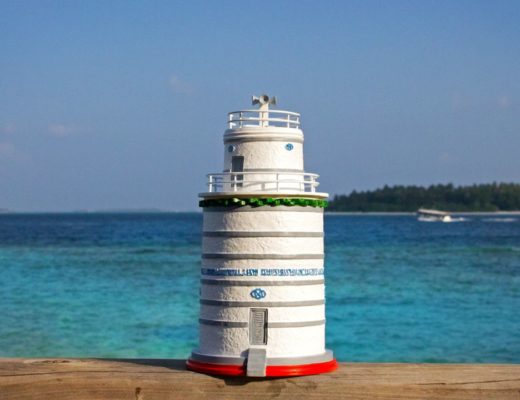
No Comments